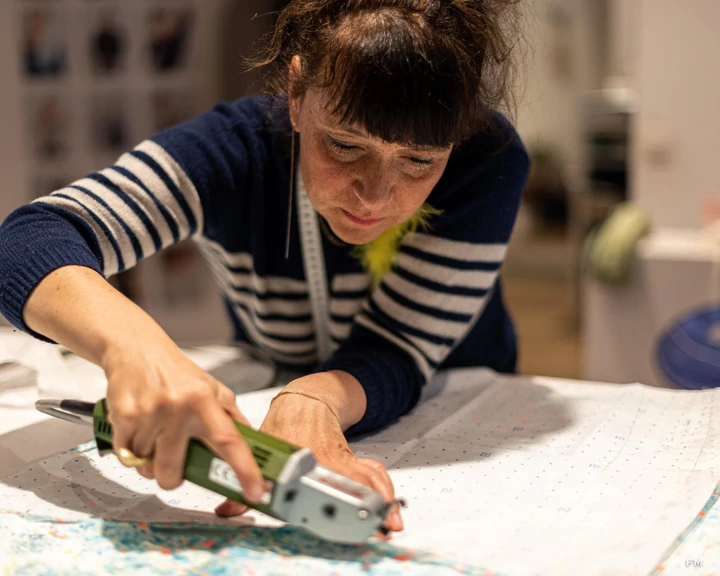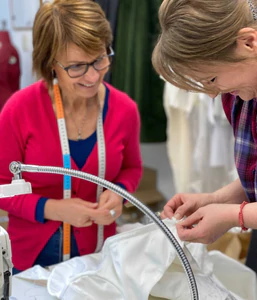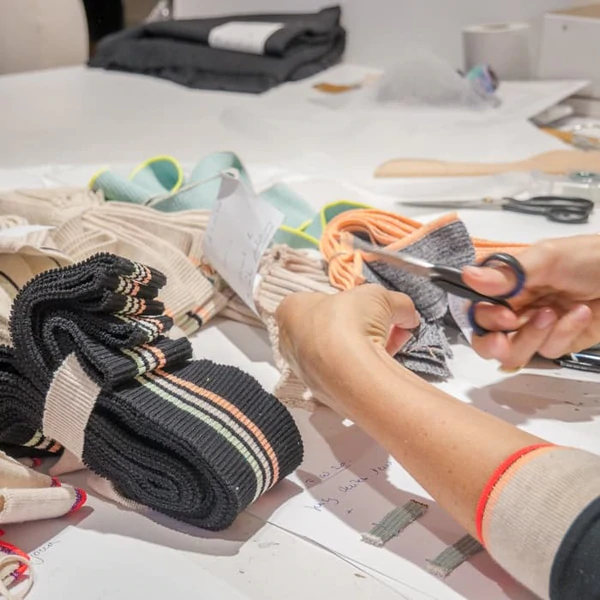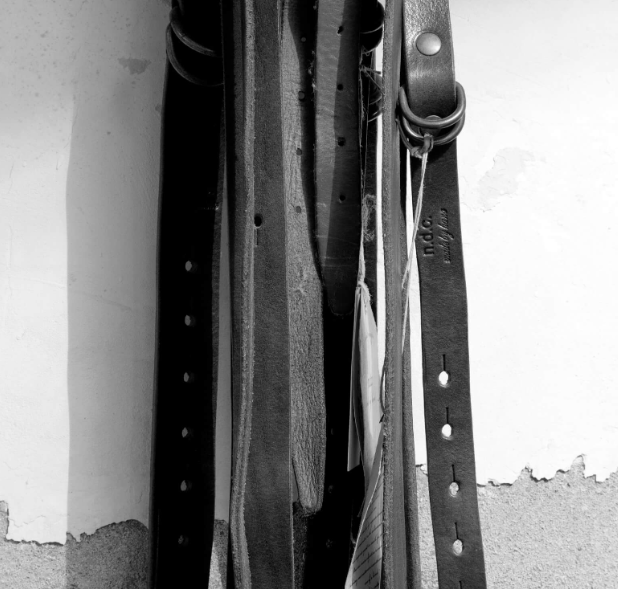Julie Menuge
Julie MenugeMore Info
Julie Menuge, textile & fashion designer basée à Bruxelles. Julie Menuge “explore le monde” et voyage dans sa tête à travers les tissus et les vêtements qu’elle collectionne depuis toujours. Par son travail de broderies et d’assemblages contemporain, elle désacralise avec humour et rend hommage avec amour, aux savoir-faire des différentes cultures, à leurs identités multiples, complexes et cosmopolites.
Ses créations SUPER MIX VERITABLE rassemblent des matières et des motifs des quatre coins du globe, des étoffes précieuses et artisanales, des broderies “industrisanales”, du batik, de la soie, et même du plastique…
154 Rue Blaes, Brussels 1000 Belgium
Holemans
HolemansMore Info
From religious art to the art of jewellery making, a finely chiselled story… Holemans is synonymous with elegance and classicism, its style developing from generation to generation, balancing respect for tradition with a desire to innovate.
HENRI HOLEMANS,
GREAT RELIGIOUS ARTIST AND GOLDSMITH
The Atelier Holemans is founded by Henri Holemans. His religious works can still be admired at the Basilica of the Sacred Heart in Brussels.
1922
Henri Holemans learns the art of using natural lacquers on metal from a Japanese Master, a trade secret passed down from father to son.
1928
JEAN HOLEMANS,
THE CREATIVE JEWELLER
Jean Holemans takes over the family workshop and refocuses on the more irreverent allure of jewellery. An inspired artist, he himself designs each piece of jewellery and creates the Holemans style.
1960
Jean Holemans creates the legendary Antelope Solitaire ring and introduces use of lacquers on precious metals, a first in Belgium.
1981
THIERRY HOLEMANS
THE BOLD STRATEGIST
Thierry Holemans takes up the jewellery torch and creates themed collections.
1990
Holemans Jewellers opens a store in Place Vendôme, Paris.
1998
MOÏSE MANN
THE PASSIONATE CRAFTSMAN
Thierry Holemans entrusts the running of the family business to Moïse Mann who knows the Maison well having worked there for nearly 20 years.
2013
A cherished emblem of Belgian jewellery-making for almost a century, Holemans rewrites its history in a new setting, the Place du Grand Sablon.
4. PLACE DU GRAND SABLON Brussels 1000 Belgium
Ambiorix NV
Ambiorix NVMore Info
The production of Ambiorix shoes
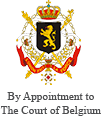
Prinsenweg 10 Tongeren 3700 Belgium
Naamsestraat 72 Brussel 1000 Belgium
Leopoldstraat 14 Antwerpen 2000 Belgium
Havenmarkt 13 Hasselt 3500 Belgium
Henegouwenstraat 46 Gent 9000 Belgium
Els Vansteelandt
Els VansteelandtMore Info
Els Vansteelandt (°1961) started as an independent gold and silversmith in 1997. She designs jewellery and objets d’art. Her work is displayed in museums and galleries in major cities in Europe.
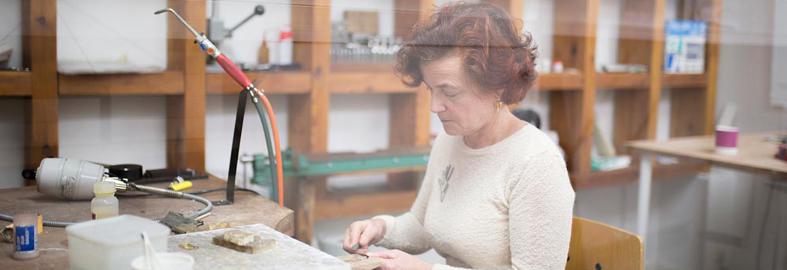
Els works both in her own studio in the green outskirts of Brussels and in an open workshop and showroom in a more urban setting in the centre of Brussels.
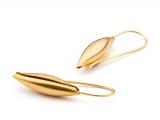
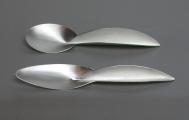
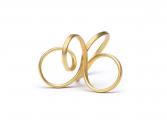
Anything can be inspiration for me. I just need to look around, observe, let my imagination start to flow and connect shapes. The emotional impulses that inspire me to design, lead me straight to the precious metal. I begin working with an idea about the form a piece of jewellery or an object will take. Much happens as I work, and I let my material take the lead. Whether this process results in a brooch or a silver spoon… cannot be predicted. Unforeseen events and unexpected variations make my material an endless world to explore and discover.
Rue du Rempart des Moines 15 Papenvest 15 Brussels 1000 Belgium
More Info

—
The workshops are a moment of sharing where time stands still : a unique immersive experience in a cosy atmosphere where participants return home with a personalised leather piece and a strong feeling of pride 🙂
—
Experience is not required. Only good eyes, and your good mood!
—
You will find below the calendar of workshops. And at the bottom of the page you have more info & pictures about each workshop.
—
Note that we also offer customised and team building workshops. Do not hesitate to contact us 🙂
 The Brand
The Brand
Kinamania is an independent Brussels-based atelier with a passion for leather. We make fine iconic footwear inspired by cultural heritage and revisited with elegance and dare. The shoes are made in Spain and Portugal.
“I find my inspiration in basic footwear styles that have stood the test of time to which I add fashion-forward details. This is my way of reinventing heritage.” Kristina
The brand has two main lines – The Essentials which are timeless collections and The Collaborations where Kristina partners with artists, artisans and craft-based NGOs to put their craft in the spotlight.
Collaborations
Kristina has a deep appreciation of makers and cultural heritage combined with a passion for leather as a primary raw material. Driven by her curiosity and her hunger for discovery of creative works, she collaborates with artisans and artists on her shoe collections and takes great pride in partnering, when possible, with craft-based NGOs that drive real changes in people’s lives.
The founder
Former designer and production director to the Johnny Farah House of leather accessories – between Beirut & NY – Kristina Zouein spent countless hours in artisans’ workshops. As a self-taught designer, this was a very formative experience.

In 2015 and with more than 10 years experience, she decides to create Kinamania, a slow fashion brand of accessories with a balanced mix of humility, sobriety and dare.
Of Canadian-Lebanese origins, Kristina lived most of her life in Beirut, until she met her partner and moved to Brussels a few years ago
A committed brand : Kinamania X Cancer
“In November 2019, I was diagnosed with breast cancer which pushed me to redefine the way I am leading my life and my business. Statistics show that 1 in 8 women are diagnosed with breast cancer, and I was chocked when I learnt those numbers, especially to discover that so many women, like myself, below the age of 40 go through this for reasons that are still unclear. Since then, I have committed to support cancer research.”
Leather and sustainability
Kinamania shoes are made from domesticated animal skins that are raised in agricultural settings and treated in European tanneries that are certified for their environmentally friendly working method.
The European leather industry is at the forefront of the conversation and innovation towards lower impact and circular practices :
+ to reduce chemical usage, water, and waste compared to traditional tanning processes.
+ to make sure that animals from which the hide is used are being treated well
+ to ensure that people who produce the leather are treated fairly
Fun facts to know 🙂
+++ It is through a failed romance with a Spaniard that Kristina discovered the abarca sandal style. This traditional Spanish sandal was the trigger to her shoe brand.
+++ KinaMania is a brand name with roots in ‘menorquina’, the alternative name for the abarca sandal which was originally handmade on the island of Menorca in the Baleares. The mania for Kinas is born from menorquina mania!
+++ The shoes have singer name and the subtitles refer to uplifting songs that align to the Craft Your Day tagline.
+++ The tag line says CRAFT YOUR DAY with two dashes. The two dashes symbolise the craftsmanship and hand-stitched design signature of the Kinamania fine footwear atelier.
Atypical leather-craft workshops
Kristina also offers creative leathercraft workshops combining leather and modern technology.
The objective behind those workshops is that participants personalise a beautiful object – in a warm and friendly atmosphere – and proudly return home with a unique souvenir.
WE ARE OPEN !
In the prestigious Royal Gallery of Saint Hubert, center Brussels !
Kinamania will be here until July 25.
Looking forward to welcoming you!
Galerie du Roi 22, 1000, Brussels
Open Tue-Sun from 11H-19H
Galerie du Roi 22 Brussels 1000 Belgium
13 Bollinckx Street Brussels 1070 Belgium
Nèle Content
Nèle ContentMore Info
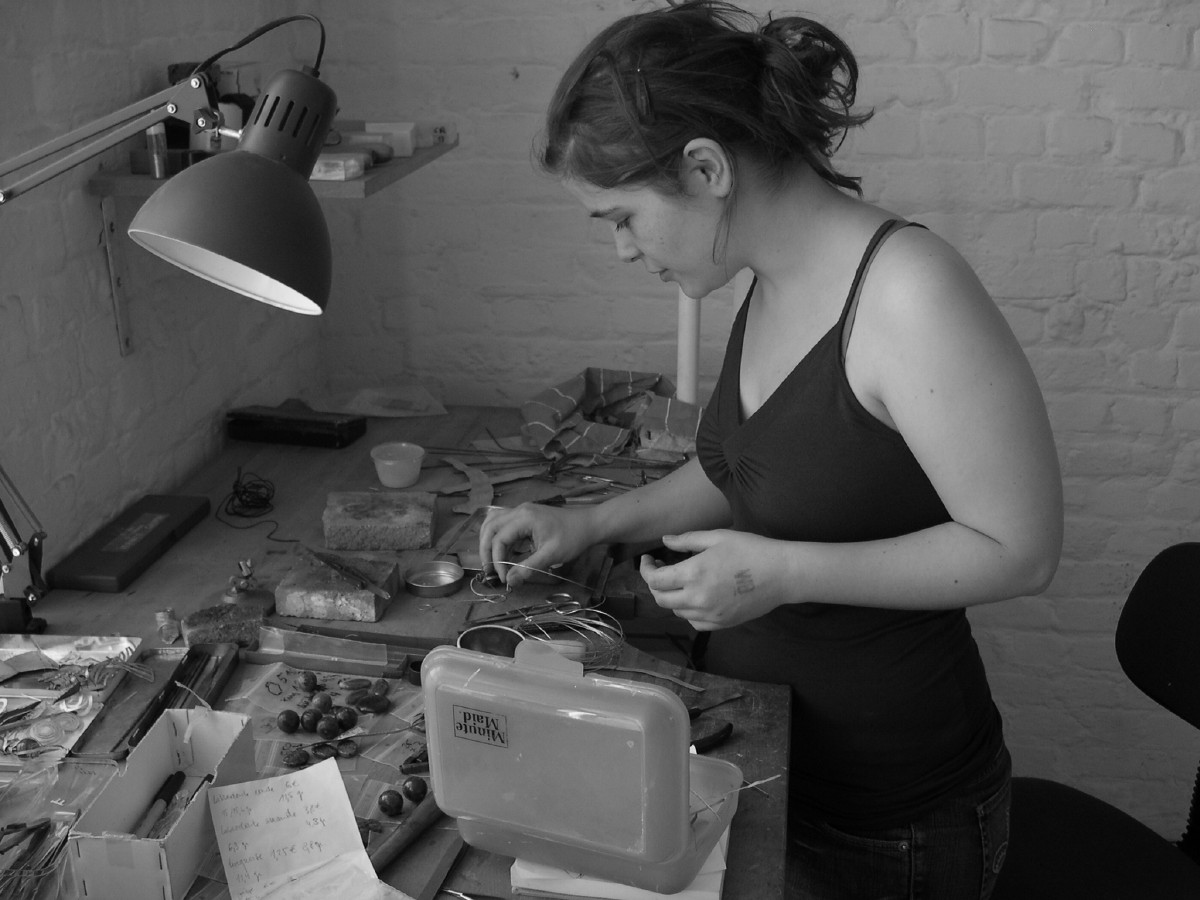
Nèle Content makes jewellery in silver, one-off pieces
or small editions.
Thanks to her background in contemporary jewellery and textile design, she combines both disciplines in a new and original way.
Her discreet pieces are aerial and grounded, light and strong,
graceful and elegant.
Pattern, texture, and a dialogue between brilliant and matt surfaces.
Metal becomes rhythm, following the shapes, folds, and pleats of fabric, creating contrasts and responding only to itself …
Each piece is the fruit of a quest for movement and balance.
Jewelry should be playful, an interchange between metal and skin ,
a flash of light amongst silken hair, arresting our gaze.
There is three collections:
The “Caractères” series is based on shaping of silver,
which is cut to create distinct volumes.
In the “Reliefs” series, volume and movement arise
from folding and repeating linear patterns.
The “Lignes” series is inspired by the techniques of weaving.
These pieces emerge from networks, from the embrace of thread and texture, evoking the way in which fabric forms are created.
Each piece consists of a unique surface, which is cut, wrapped
and develops through folding in on itself.
Volumes rise from the simple interplay of shape and cut.
45, rue des Fabriques Brussels 1000 Belgium
Natacha Cadonici
Natacha CadoniciMore Info
Of Italian and Russian origin, everything predisposed me to become a designer and craftsman: Russian great-grandparents breeders of Astrakhan sheep, a daddy shoemaker who worked diligently with his sewing machine and maintained joyful contact with his customers, a mother who had made-to-measure dresses at a local seamstress and an Italian aunt who had set up her own beauty and hairdressing salon in the center of Milan, a magnificent woman, sunny, stylish, smiling, full of energy.
After studying at the Free University of Brussels (Roman Philology / Letters), then in Fashion Design (Institut Saint-Luc), I decided, in 2006, to create some tops that are sorely lacking in my wardrobe: tops that are elegant but not too much, comfortable but stylish.
I am going straight away for viscose jersey because it is an ultra comfortable material, very pleasant on the skin, natural, easy to work with, easy to wash, which lasts over time.
But to give it a more stylish look than a simple T-shirt, I quickly decided to add some nice details:
– other materials such as cotton, wool in cutouts
– asymmetrical necklines that you can’t see anywhere else
– punchy graphic elements, like piping, ribbed edges, which give light to my basic colors: navy blue and black. The ribbing that I create are knitted exclusively for my brand. They are therefore not found anywhere else!
MADE IN BRUSSELS
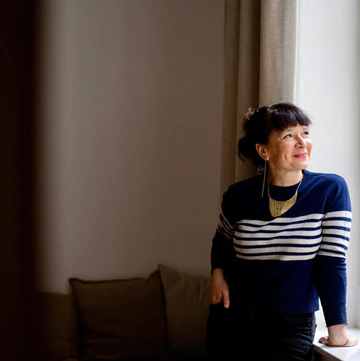 Beautiful, joyful, luminous and lasting
Beautiful, joyful, luminous and lasting
One of the recognizable characteristics of my work is the use of ribbons that finish the garment in the neckline, the sleeve ends and the bottom of the tops, with peppy and bright colors: a base of mostly ecru with touches of fluorescent orange, fluorescent pink, fluorescent yellow, copper lurex etc. These ribbons are designed by me: I select, among 200 different colors from my manufacturer, the right combination of colors, the height of the lines, the best fabrics. These 100% cotton creations are produced exclusively for my brand in the north of France. You won’t find them anywhere else!
Make in a small conscientious clothing workshop in Brussels
From the start, I have all my creations made in a clothing workshop in Brussels which has excellent craftsmanship. I found Alicia a bit by chance and how lucky I was to cross her path: she works for all Belgian designers, including the cream of the crop! I am proud to give a job to this super Polish woman who set up her business on her own in Belgium and hired 4 seamstresses who were her colleagues in Poland. Over time, we have developed a very nice relationship of trust, respect and we understand each other in a single glance.
Alicia and her employees work at their own pace, without pressure and she practices fair prices for all which allow her to pay her 4 seamstresses with dignity and fairness. I really feel that she makes my designs as if they were her own: conscientiously, with love and with a smile. They all always discover my new models and my new fabrics with curiosity and impatience. They love my design and therefore work with it with pleasure, which is priceless to me.
All the advantages of preorders
- It reduces the use of the earth’s primary resources
- It allows me to have more cash, which is more comfortable for me
- It allows me to dare more to offer you less commercial and more daring models since I only invest money in a prototype and not in a complete blind production without knowing if this new creation will please you or in what sizes will I sell it
- It allows me to make the best use of certain exclusive fabrics that I only have in limited quantities: I only produce the right sizes that you pre-order; I can thus satisfy all of you; whereas when I was producing blind I had some models left in unsold sizes and some of you were frustrated that you couldn’t order it in their size since I no longer had this precious fabric
- It allows me to offer you creations that are really in line with the weather and adapt to it
- It allows my clothing workshop to produce at a much more humane pace: the seamstresses sew throughout the year instead of having to produce a production that must last 6 months in a single month
g requires a little patience. This is not a compulsive purchase but a real crush. I am also very available by email or phone to answer all your questions. I am committed to offering you sustainable, soft, joyful creations that will do you good. And you have a double pleasure: that of pre-ordering and that of receiving it a few weeks later.
Rue du Marché au charbon 62 Brussels 1000 Belgium
n.d.c. made by hand
n.d.c. made by handMore Info
SIMPLICITY, QUALITY, CONSTRUCTIONAL KNOW-HOW,
ORIGINALITY, EXQUISITE FINISHING
INDIVIDUALISM
n.d.c. made by hand was created in 2001 by two friends passionate about shoes. Unable to find the shoes they really wanted to wear, they launched the brand to fulfil their personal need.
n.d.c. made by hand immediately opened a new dimension in men’s and lady’s footwear, offering luxurious materials, comfortable lasts and rejuvenated classics. The collections aimed to be appealing to a wide range of customers — trend setters, luxury lovers, quality freaks, etc — who are in pursuit of understated individualism.
NOM DE CODE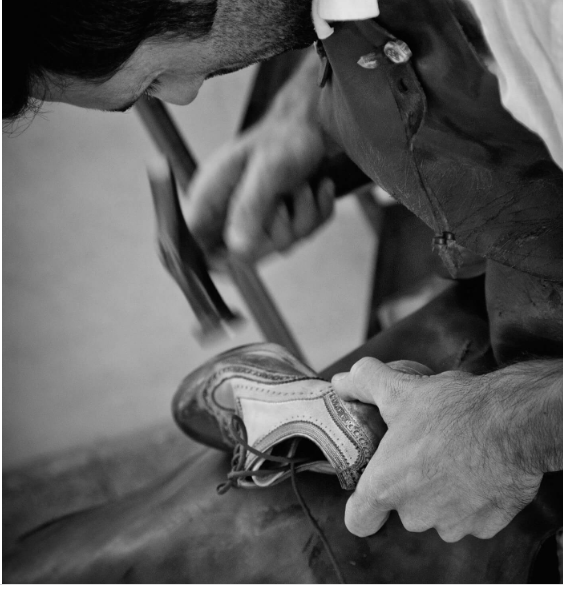
The brand name nom de code — or ‘code name’ – reflects our conviction that the strength of the brand is the product itself. Four key factors define every n.d.c. made by hand collection: simplicity, quality, originality and constructional know-how.
HAND CRAFTED
All of our shoes are hand-crafted by the best European artisans using only carefully selected hides from Italy’s expert tanneries. Our passion for footwear is reflected in the use of quality materials, traditional shoe constructions — blake, goodyear, sacchetto, espadrille, etc — and exquisite finishing techniques. We do our best to turn every pair into a hand made work of art.
Flagship Store 36, rue Léon Lepage Brussels 1000 Belgium
Isabelle Azaïs
Isabelle AzaïsMore Info
Isabelle Azais studied visual Arts at Fine Arts in France, but it’s with the creation of couture and contemporary jewelry that she made herself known. For ten years leather jewelry was her first specialty. Her workshop showroom is accessible to public, in the heart of Brussels.
Since 2013 she focuses on working with recycled plastic.
With packing straps she creates graphic jewelry that draw urban environments on the body, like fro example with the ‘PUBLIC BENCH’ brooch. The jewelry is particularly light, often coming from working sites and building material packings.
The latest collection of big brooches is called ‘Seventh continent’. The jewelry is totally and only made with plastic bags collected in streets. Working on them with heat, she obtains translucid surfaces and floating volumes that recall the world of seabed and corals. This jewelry is to make people aware of urban and marine pollution through a delicate recycling work of valuing waste.”
Rue du Marché au Charbon, 96 Brussels 1000 Belgium
More Info
History
1930 BIRTH OF THE NATAN HOUSE
Creation of the Couture House Paul Natan.
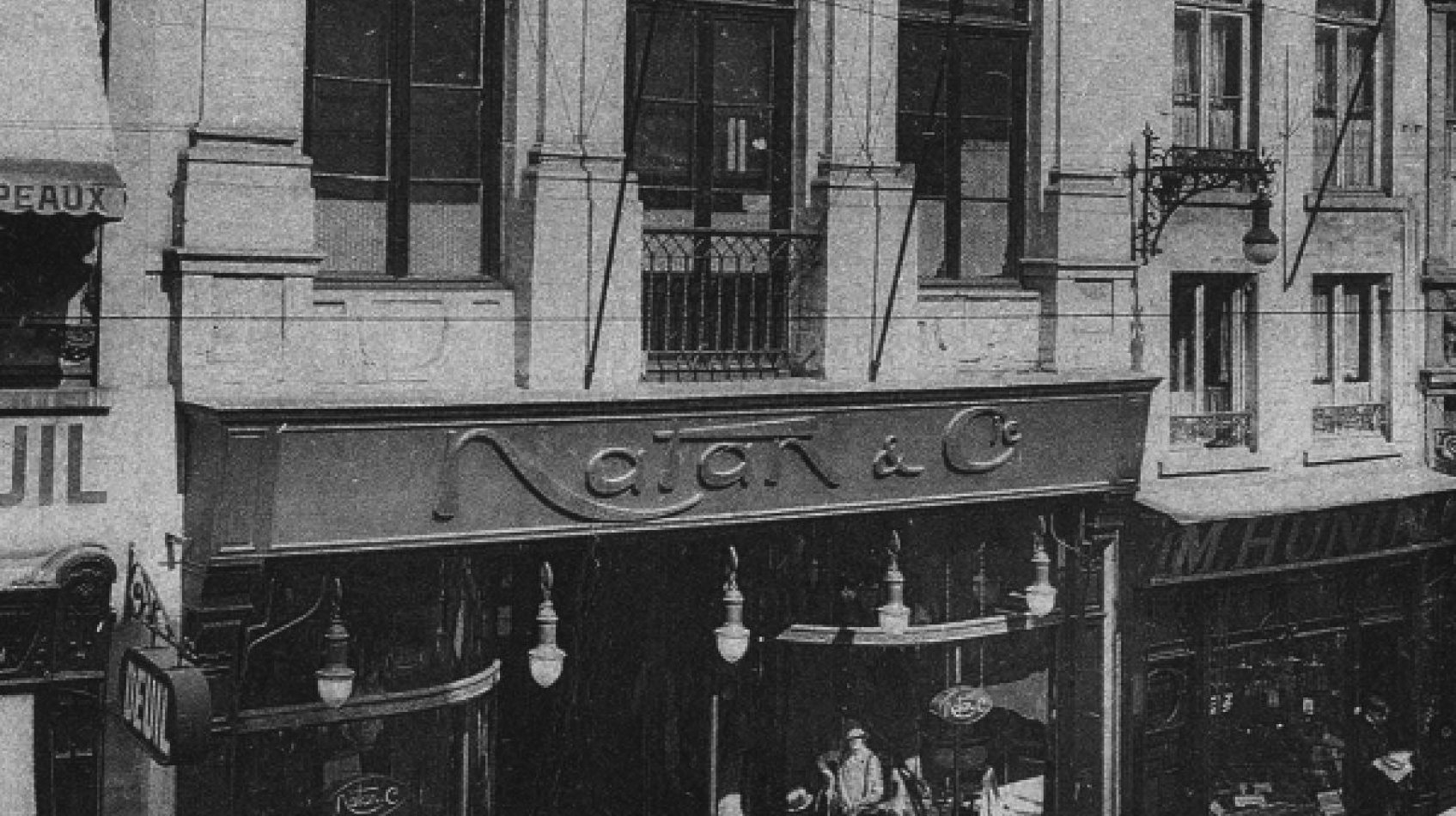
1957 Edouard Vermeulen is born in Ypres on March 4, 1957. He graduates as an interior designer from Saint-Luc college, which introduces him to the world of volumes and materials.
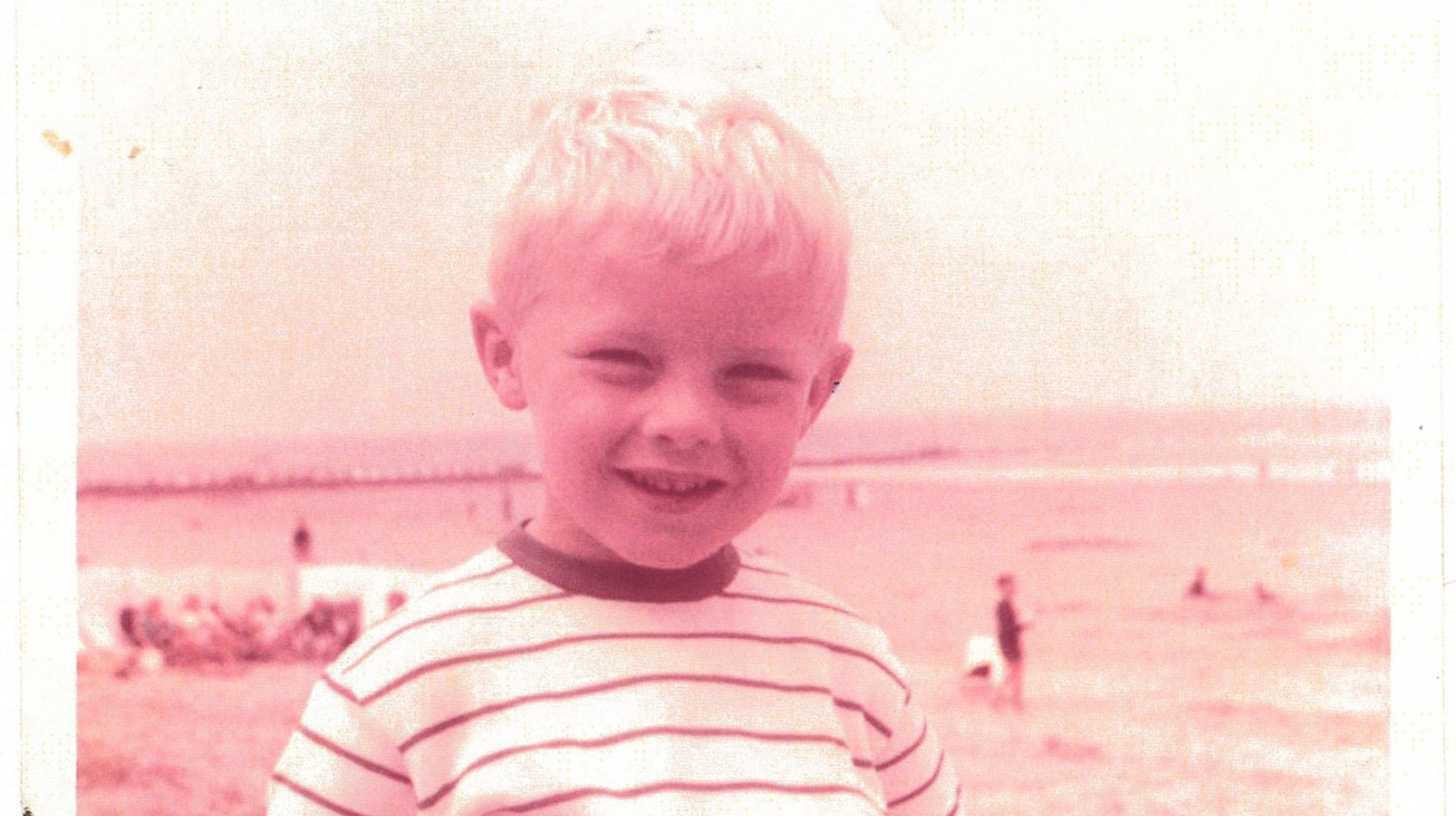
1983
AVENUE LOUISE 158
In his search for a gallery to display his first discoveries, Edouard Vermeulen rents a space in the Couture House Paul Natan, Avenue Louise. A few years later, he takes over the House under the new name NATAN.
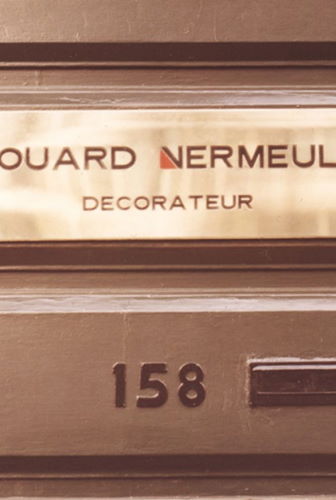
1986 FIRST RUNWAY SHOW
NATAN’s first show, with Princess Paola as one of the guests.
Edouard Vermeulen has been dressing members of royal families for years, including the Royal Family of Belgium, the Netherlands, Sweden and Luxembourg.
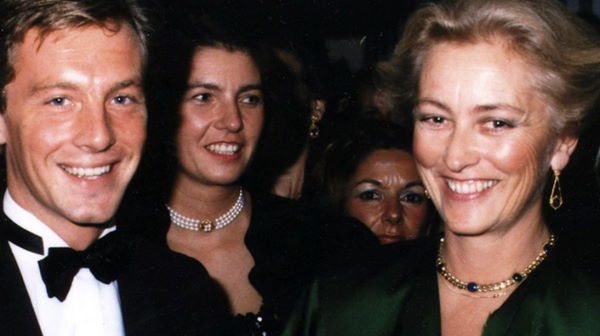
1987 FIRST READY-TO-WEAR STORE IN BRUSSELS
Opening of the NATAN ready-to-wear store in Brussels, Belgium.
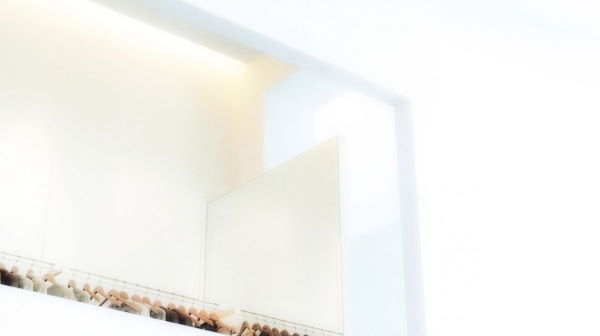
1991 DISTRIBUTION
Creation of ready-to-wear lines for distribution.
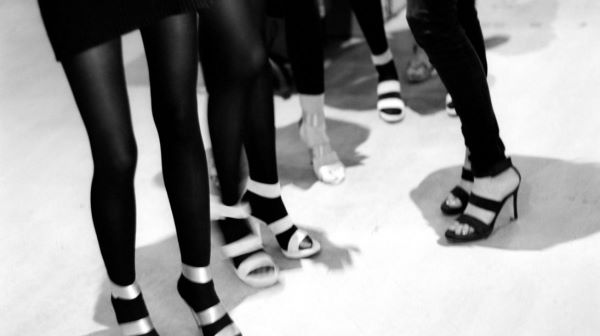
1999 WEDDING DRESS QUEEN MATHILDE OF BELGIUM
Edouard Vermeulen designs the wedding dress of Queen Mathilde of Belgium.
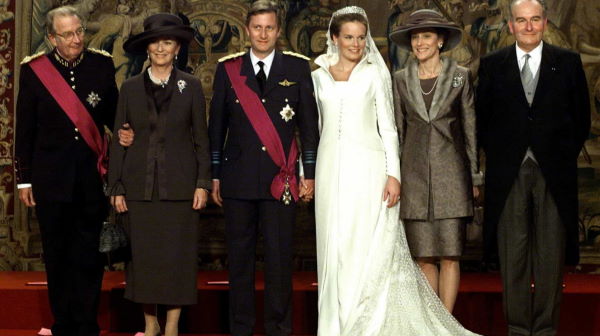
2013 NATAN 30 YEARS
To celebrate our 30 year anniversary, we organized a fashion show in Paris in the Belgian embassy.
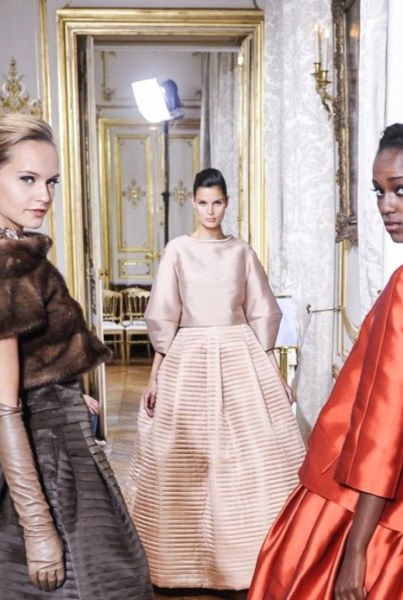
2014 ARSENAL SHOWROOM
Opening of the Arsenal showroom.
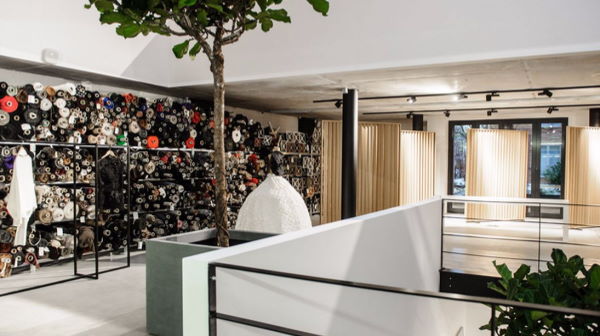
2016 AMSTERDAM STORE
Inauguration of the NATAN boutique in Amsterdam, The Netherlands.
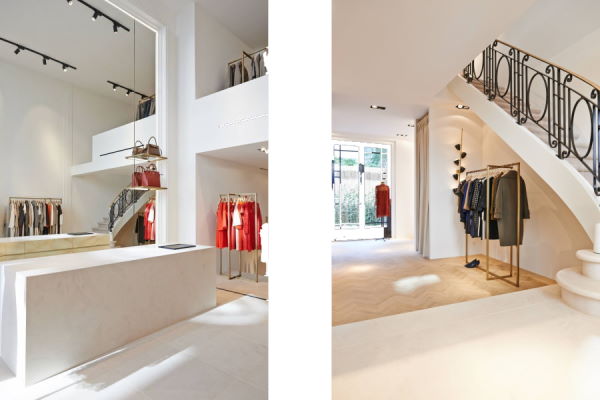
2017 NATAN COLLECTIVE
Launch of NATAN Collective. A project allowing NATAN to support young Belgian talent by giving them the opportunity to present their work enhanced by the knowhow and name of NATAN.
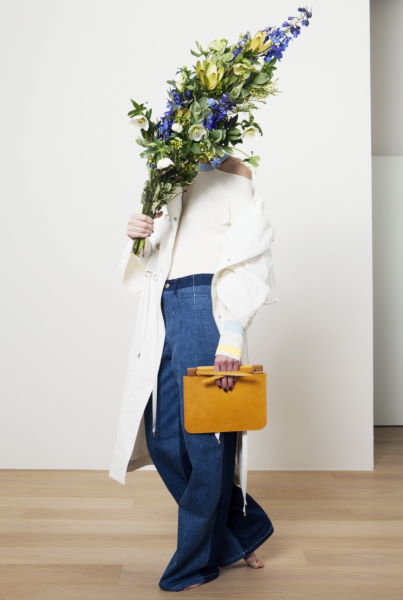
2017 BARON
Edouard Vermeulen is awarded the noble title of “baron” for his services rendered to Belgium.
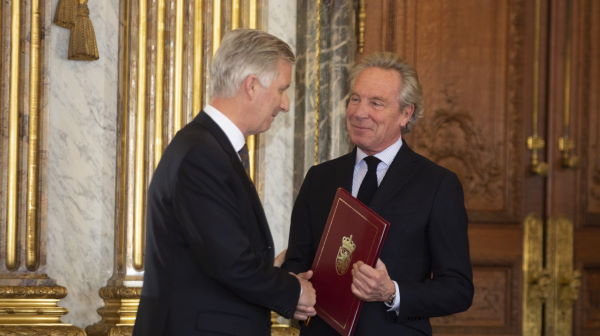
2018 ATELIER II
Inauguration of Atelier II at Place Brugmann in Brussels, Belgium. This atelier is created to honor the craft of tailoring by giving customers insights into the process behind the creation of a NATAN piec
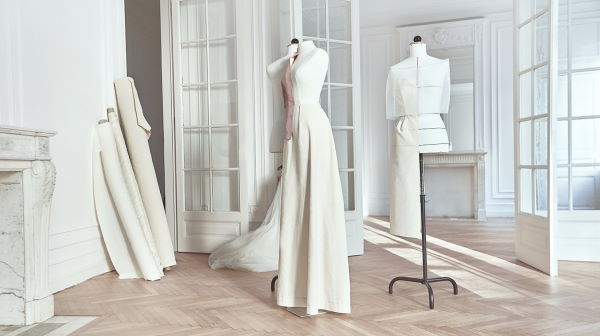
2019 FIRST RUNWAY SHOW IN THE NETHERLANDS
Natan participated for the first time at Amsterdam Fashion Week.
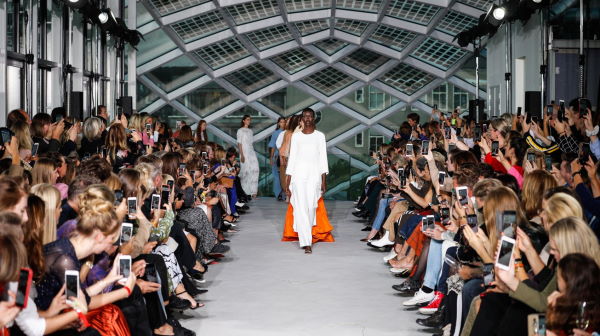
2020 PARIS
Opening of a store in Paris, Rue des Saints-Pères
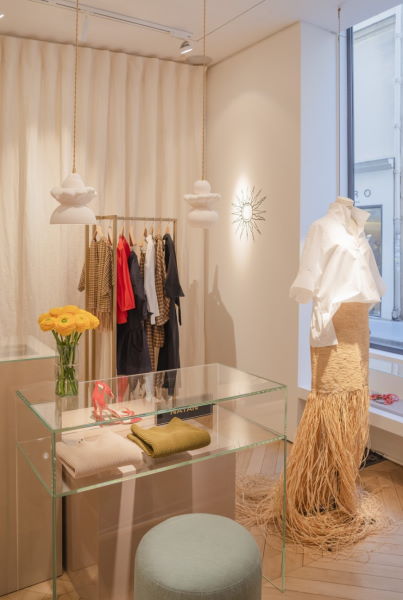
2021 OPENING SALON COUTURE KNOKKE
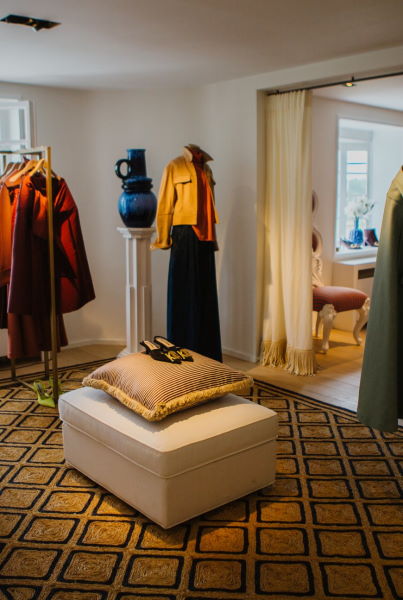
2022 NATAN LE BON MARCHÉ RIVE GAUCHE
The Belgian fashion house Natan and the cosmetic brand Sisley came together in the very heart of the Parisian department store Le Bon Marché Rive Gauche, combining their expertise and shared love for beauty and quality in a “Pop-Up” space.
This partnership consolidated the elegance, expertise and femininity held dear by these two family companies, that share values passed down through generations: concern for the environment, expertise, entrepreneurial spirit, art and design.
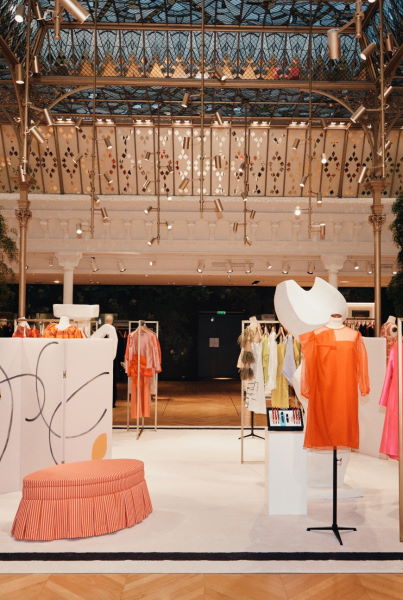
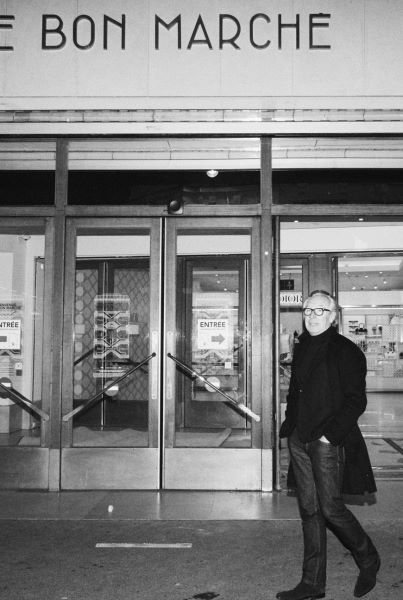
Avenue Louise 158 Brussels 1050 Belgium
PRESS Avenue des Aubépines 1 Brussels 1180 Belgium
Huidevettersstraat 44 Antwerp 2000 Belgium
PC Hooftstraat 23 Amsterdam 1071 BL The Netherlands
Rue des Saint-Pères 71 Paris 75006 France
Rue de Namur 78 Brussels 1000 Belgium
Henegouwenstraat 91-93 Ghent 9000 Belgium
Kustlaan 150 Knokke 8300 Belgium
Jan Mahieustraat 20-22 Roulers 8800 Belgium
Plankstraat 10 Maastricht 6211 GA Belgium









